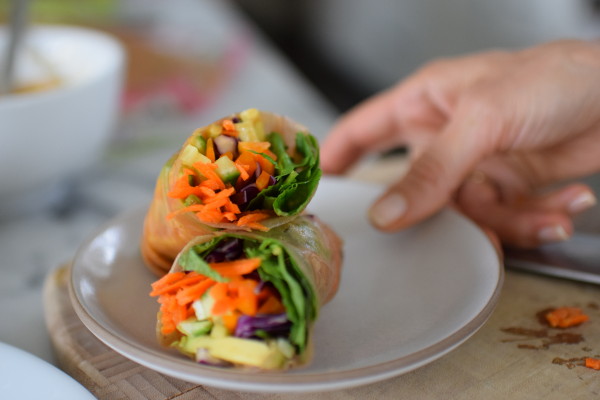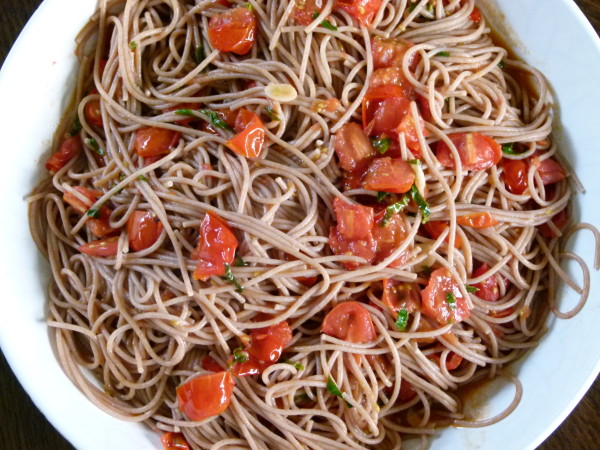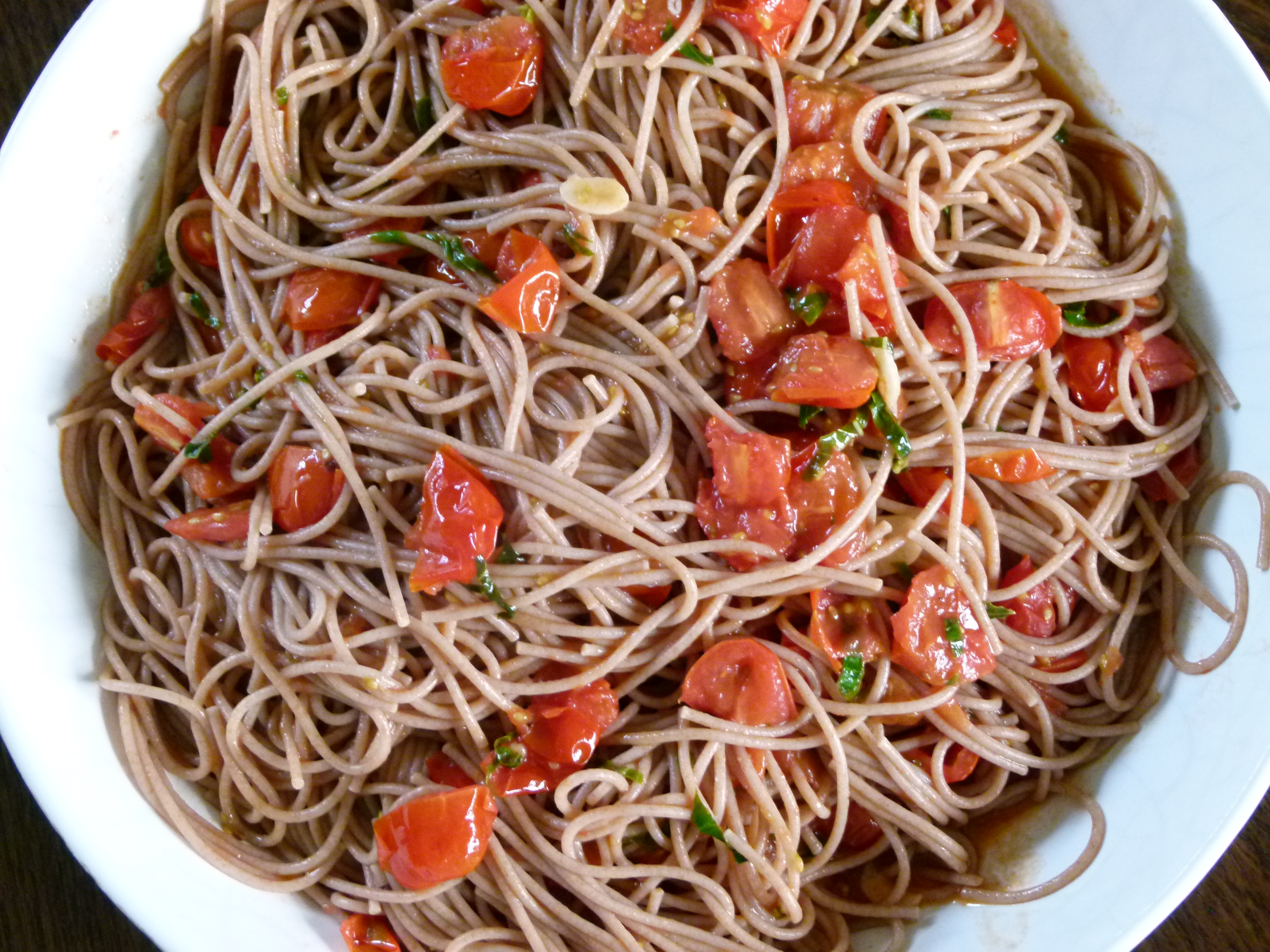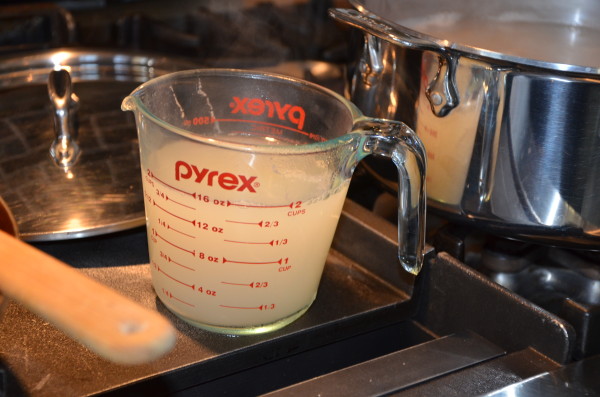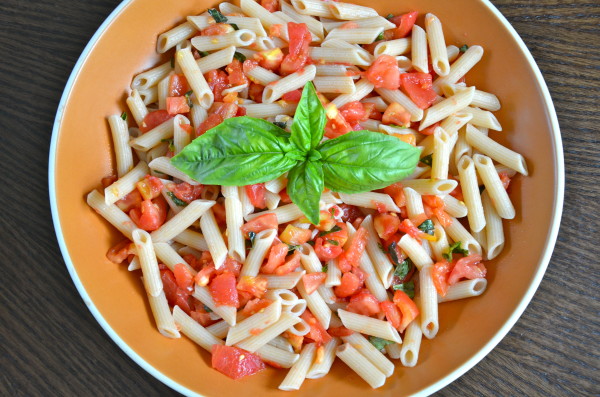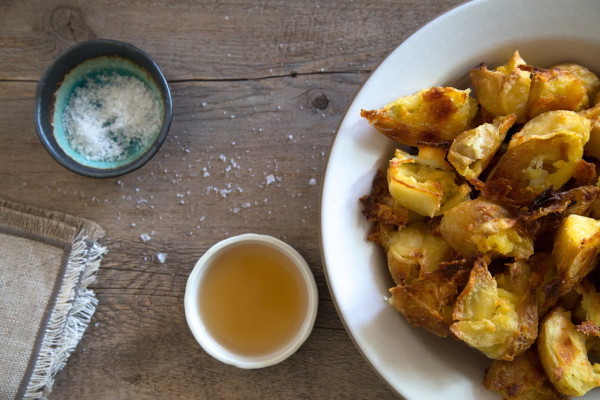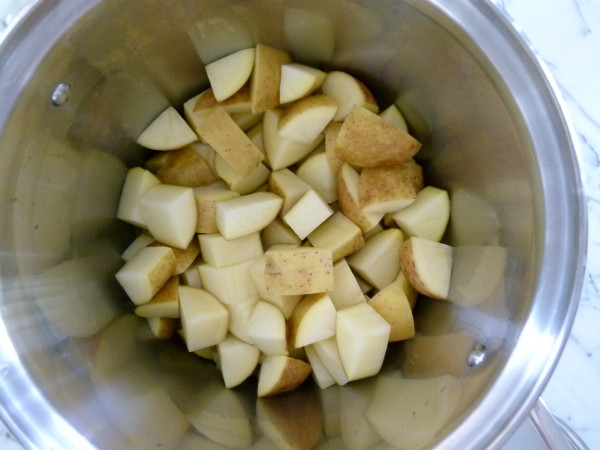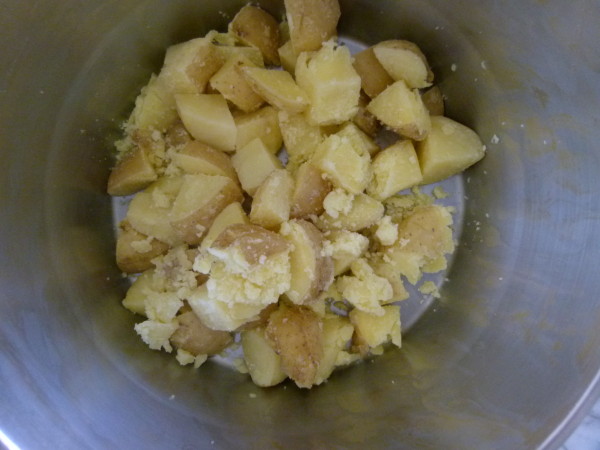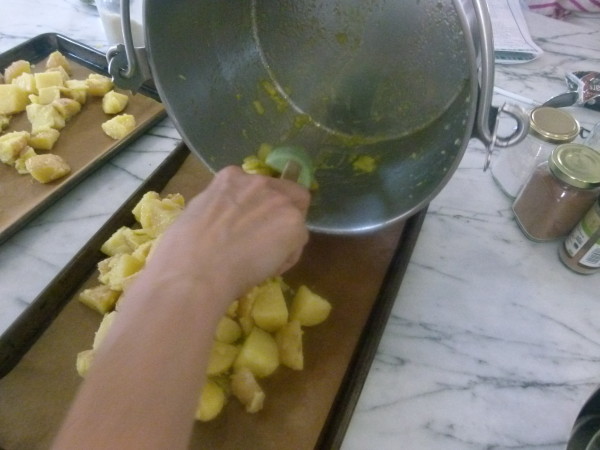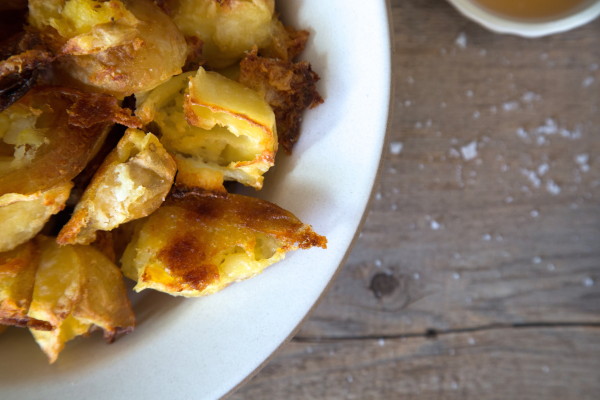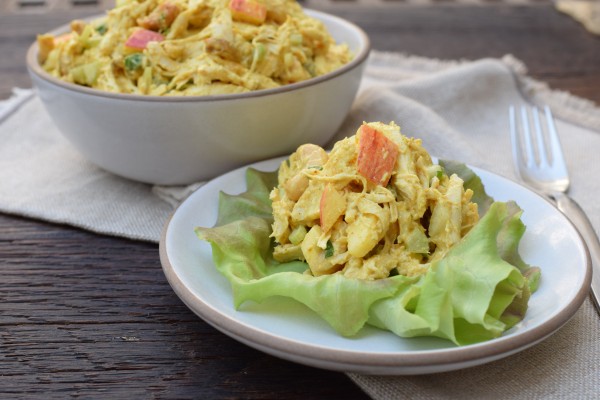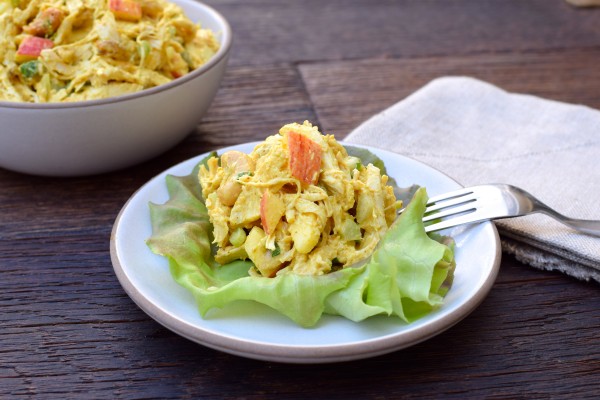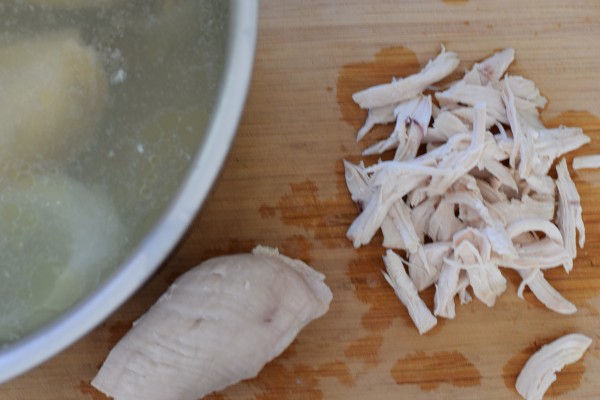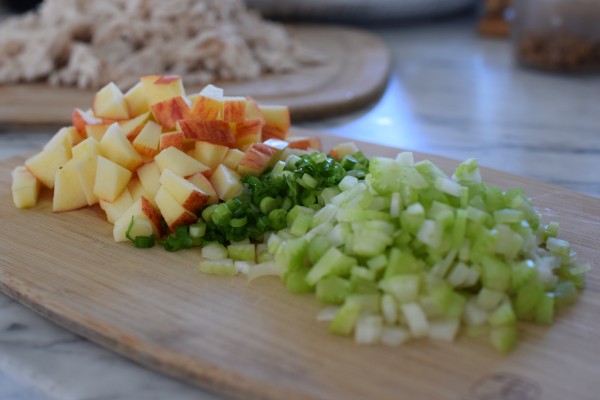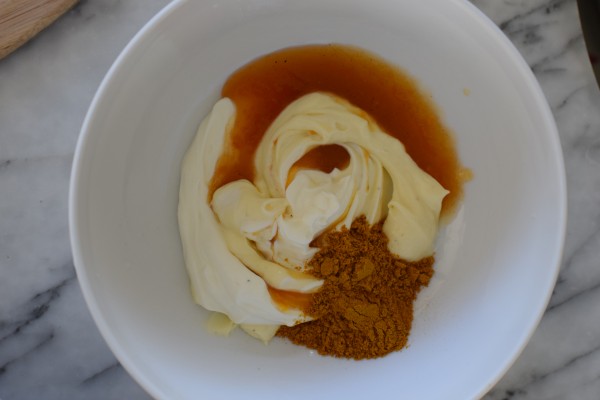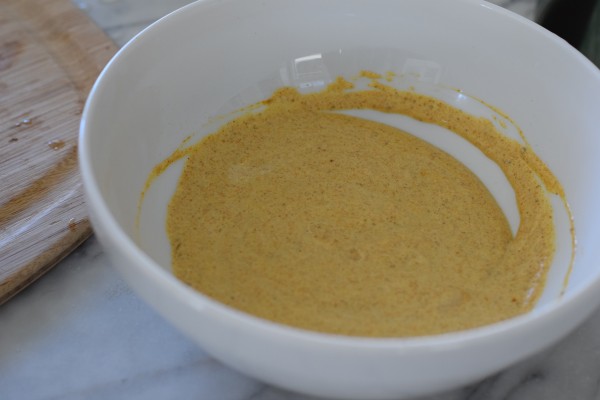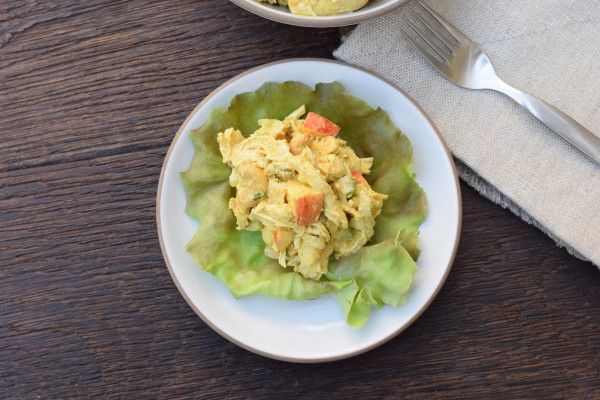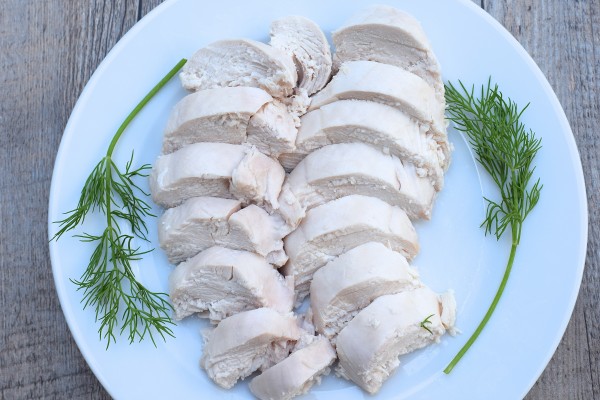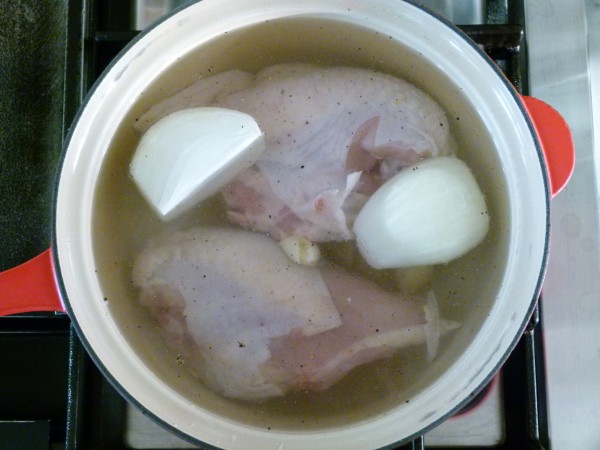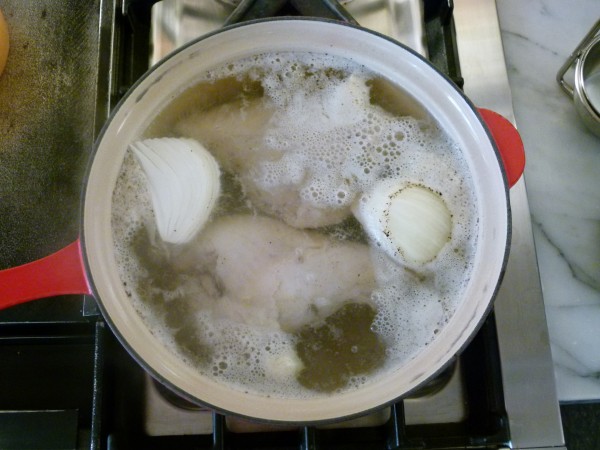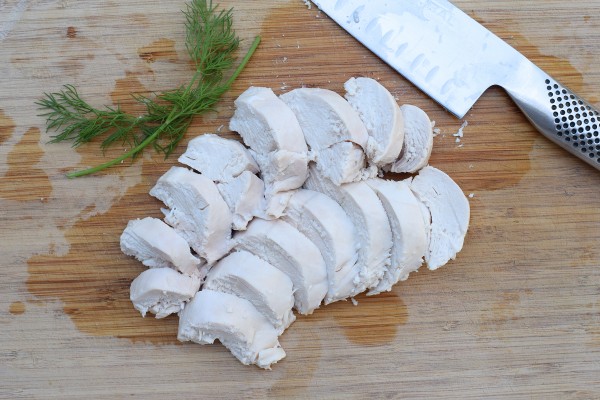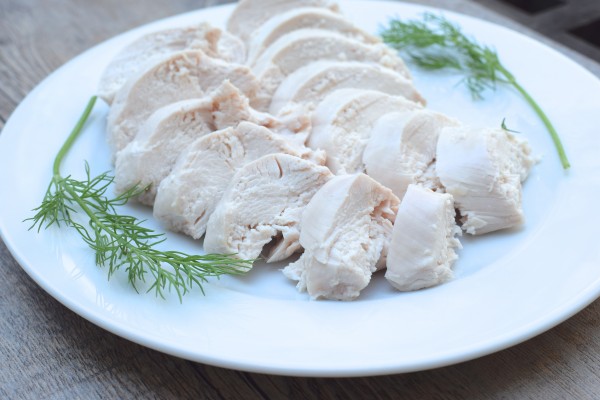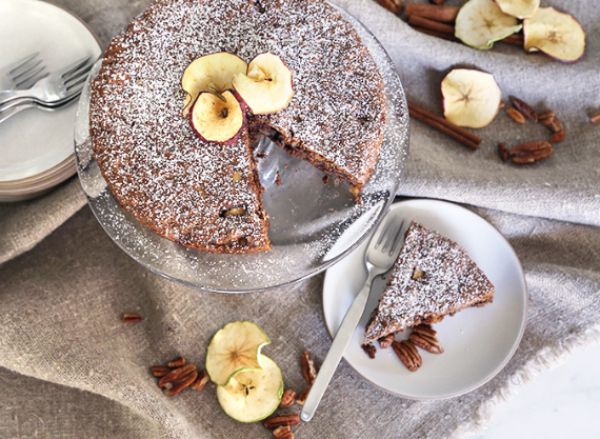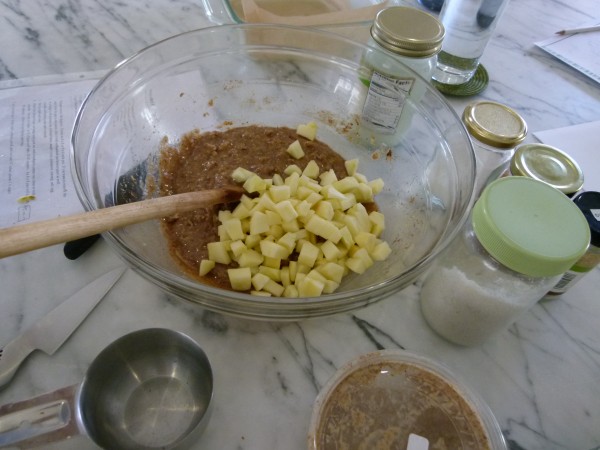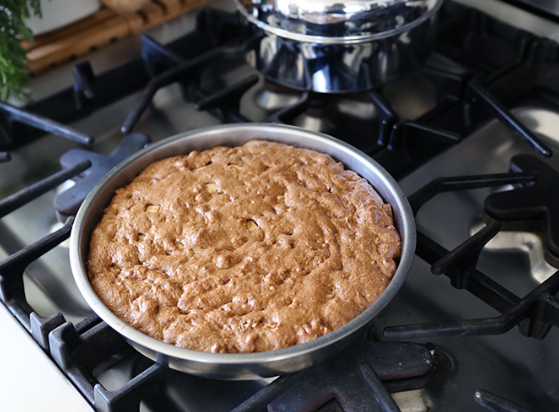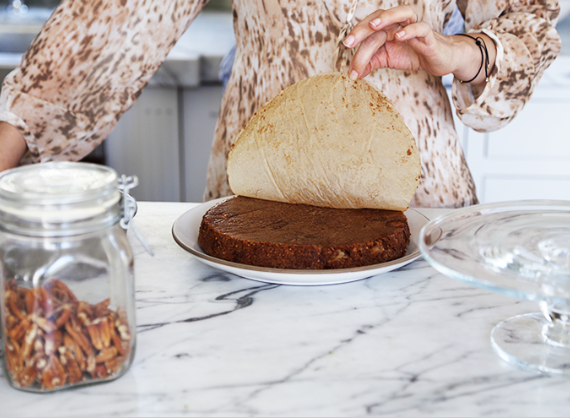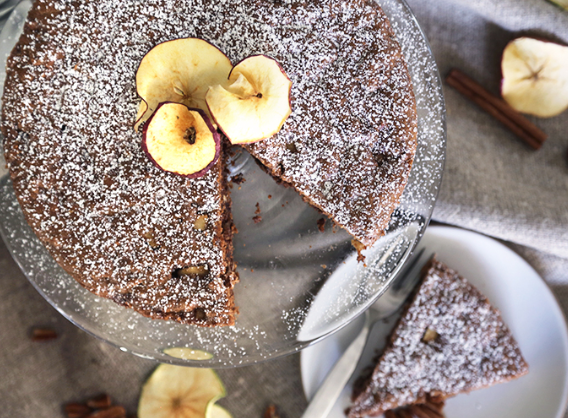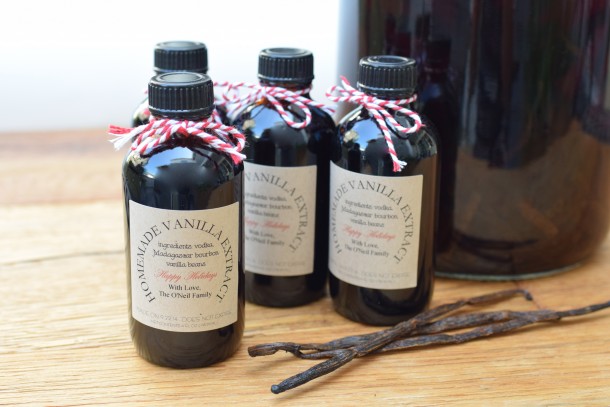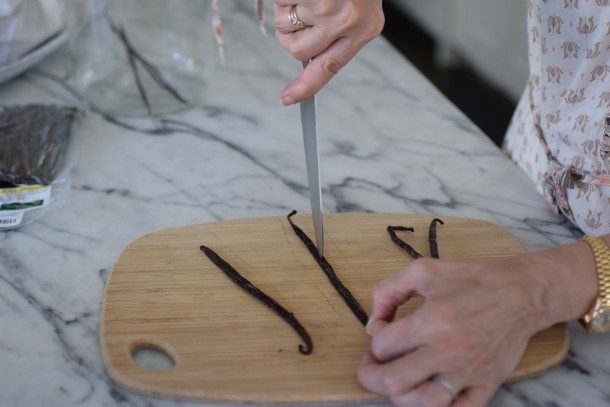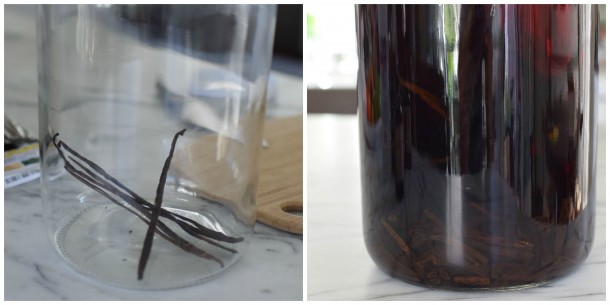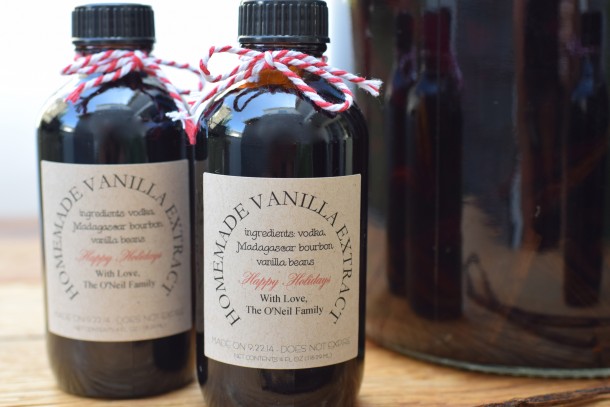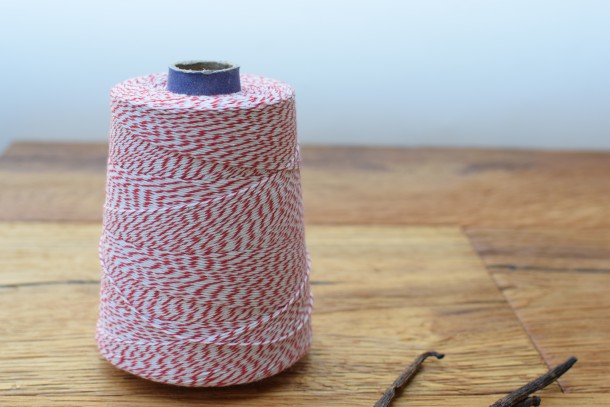Whole Grain and Almond Pulp Apple Quick Bread Recipe
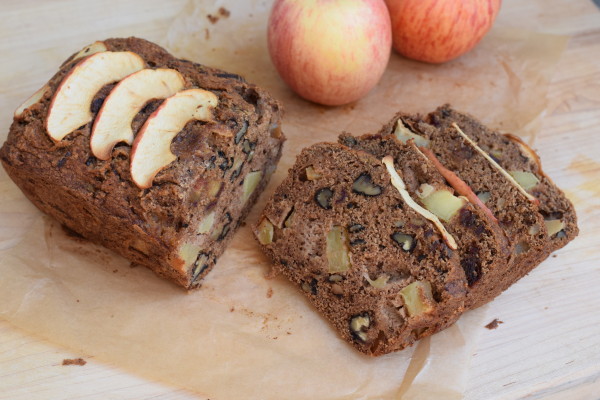
I know not all of you are making your own almond milk and therefore aren’t desperate for almond pulp recipes. But believe it or not, it’s one of the most common SOS’s I receive in my email inbox. “More uses for almond pulp, please!” “I have a freezer full — HELP!” Believe me, I’m in the same boat since I make almond milk twice per week. And almonds are expensive, so it is nice to have several great ways to use the resulting pulp which might otherwise be thrown out. Or snuck into someone’s smoothie and at this point, my son is onto me. “Mom, did you put almonds in here again?!” Maaaaay-be.
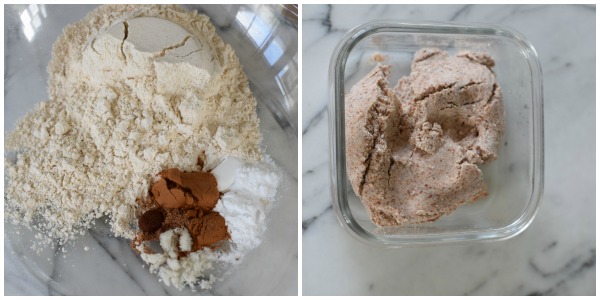
I actually do have two recipes on the blog already which use almond pulp, a banana quick bread and pancakes. Both use almond pulp AND a whole grain flour. I haven’t not had excellent results with recipes that only use almond pulp. Unless of course I enjoy eating something that looks like tree bark. I like nutritious food, but even I have my limits. Adding a little flour is the way to go. Gluten-free flour blends with a little xanthan gum works, too.
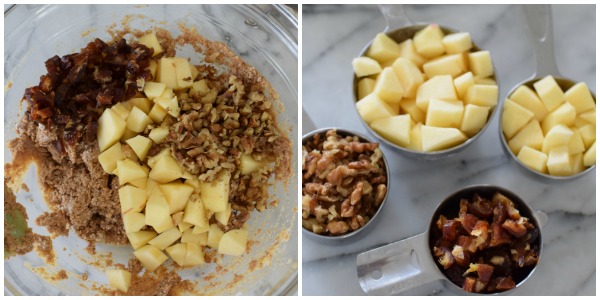
The temperature outside may say one thing, but it is technically fall. So I am embracing the change in produce with an apple recipe. Everyone in my family loves apple anything, so I figured this was a safe bet. And it was devoured on the first day. Chunks of tender apples, cinnamon and spices and some little surprise nuggets of caramel-y dates all nestled in a moist bread. Perfect with a cup of tea or a turmeric latte. And if you’re not using almond pulp, I don’t want you to feel left out. I bet you can take my zucchini bread recipe and just adapt it with apples and the spices from this recipe.
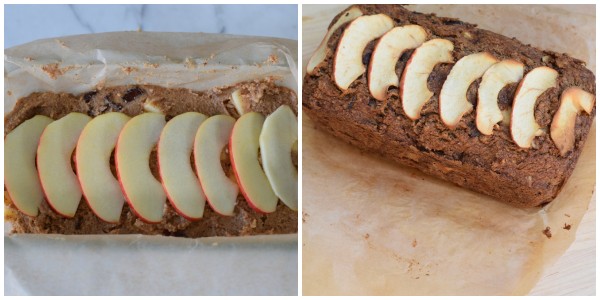
What’s wonderful about using almond pulp though, is that it gives a nice protein boost to whatever you’re making. Normally I don’t like to give the kids muffins or quick breads for breakfast unless I can add a smidge of protein like nut butters or a side of yogurt. But the almond pulp changes everything. In fact, I offered some to Mr. Picky for breakfast a few weeks ago, on a school day mind you, and he said, “I can have just this? Without anything else? Really?” Munch, munch. And then he added,”Did you put protein in here??” Definitely onto me.
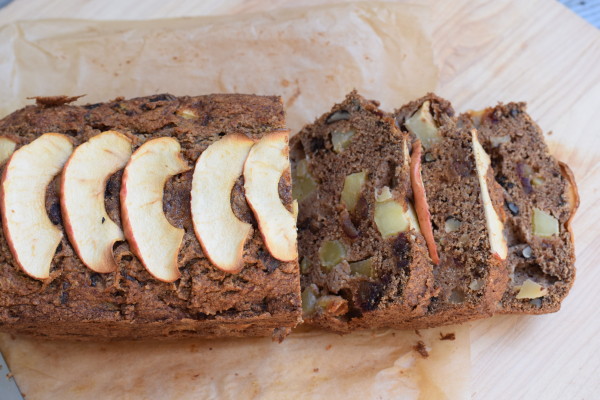
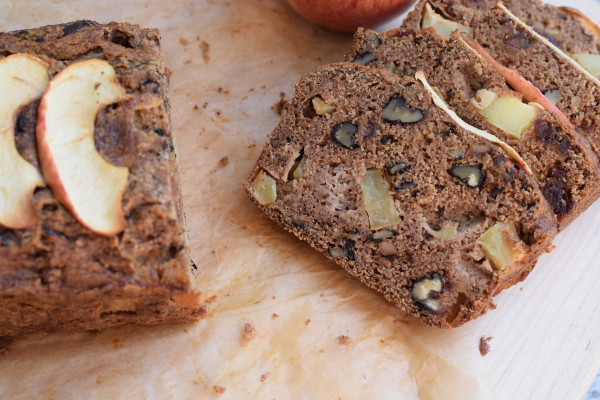
- ¼ cup unrefined coconut oil*, melted plus additional for greasing pan
- ½ cup 100% pure maple syrup, Grade A or Grade B
- 2 large eggs
- 1 teaspoon pure vanilla extract
- 1 cup whole wheat pastry flour or whole spelt flour
- ¾ cup almond pulp (from 1 cup soaked almonds used for almond milk)
- 1 teaspoon baking soda
- ½ teaspoon aluminum-free baking powder
- ½ teaspoon fine grain sea salt
- 1 ½ teaspoon ground cinnamon
- ¼ teaspoon ground nutmeg
- ⅛ teaspoon ground cloves
- 1 ½ cups diced, peeled apple, about 1 large
- ½ cup chopped walnuts or pecans
- ½ cup pitted, diced dates (or you can use raisins)
- Preheat oven to 350 degrees. Lightly grease an 8 ½ “ x 4 ½ “ loaf pan, or if aluminum, grease it and line it with parchment paper.
- In a blender, process the oil, maple syrup, eggs and vanilla until combined. This helps to emulsify the oil and keeps your bread from being greasy.
- In a mixing bowl, whisk together the flour, almond pulp, baking soda, baking powder, salt, cinnamon, nutmeg and cloves. Stir the wet ingredients into the dry. Fold in the apple, walnuts, and dates. Pour into the prepared pan.
- Bake for 50-60 minutes or until a tester inserted in the center comes out clean. Cool slightly, about 10 minutes. Remove from pan and cool completely.
- You can also make these in standard muffin tins and bake for about 20—25 minutes. This will yield 12 muffins.
- After one day, best stored in the refrigerator.



